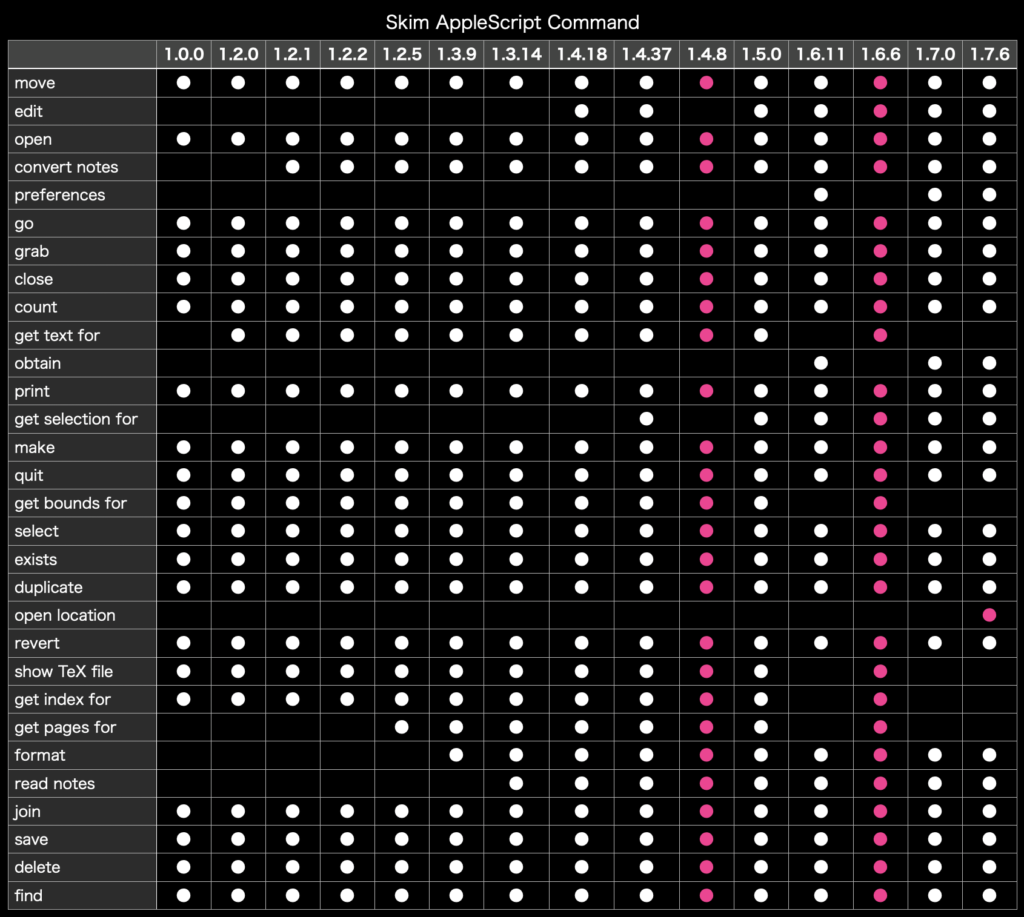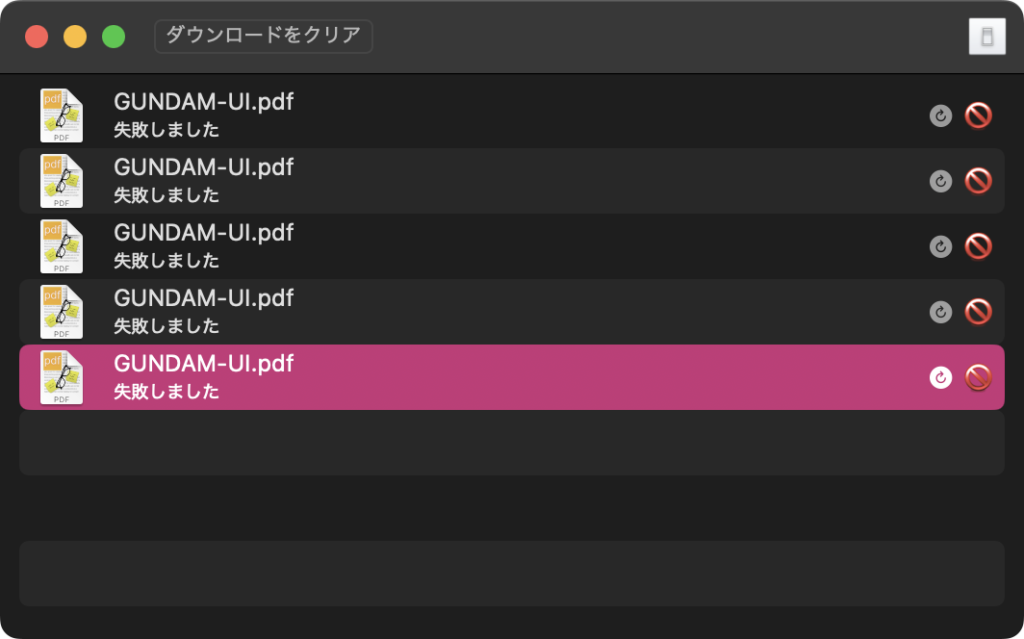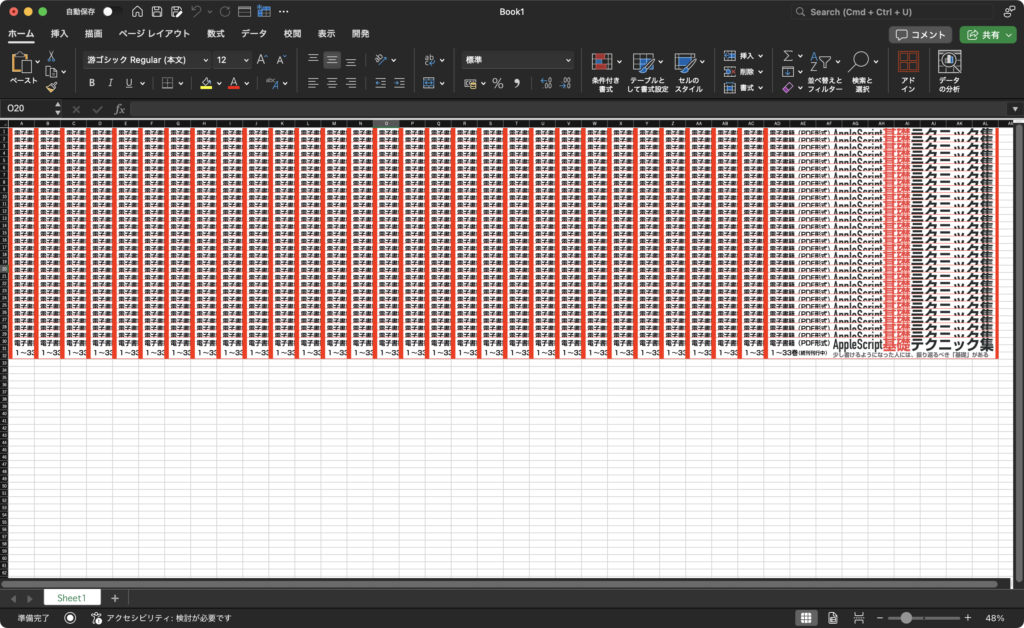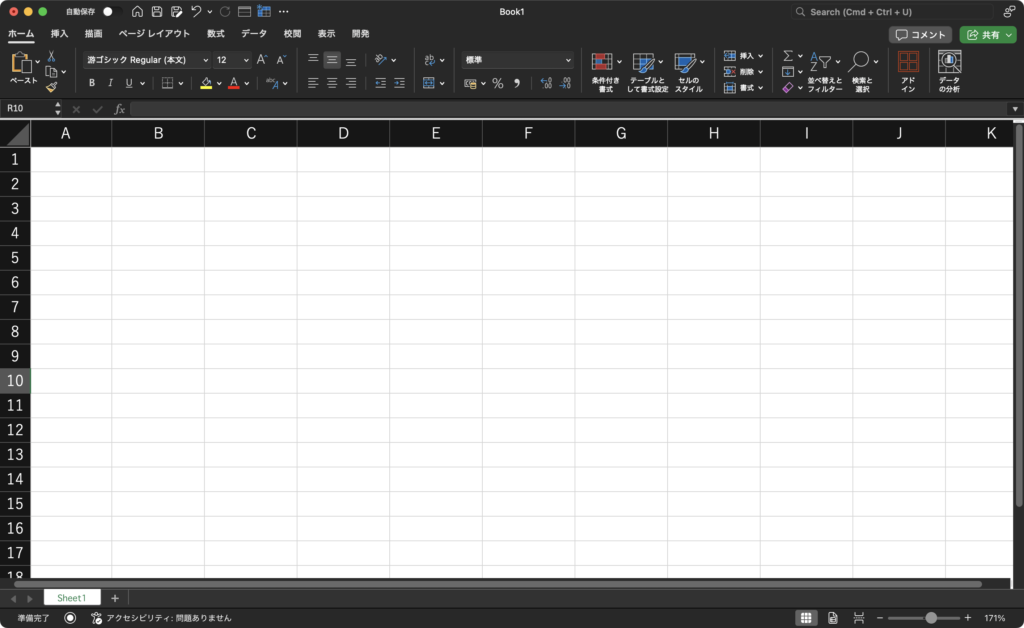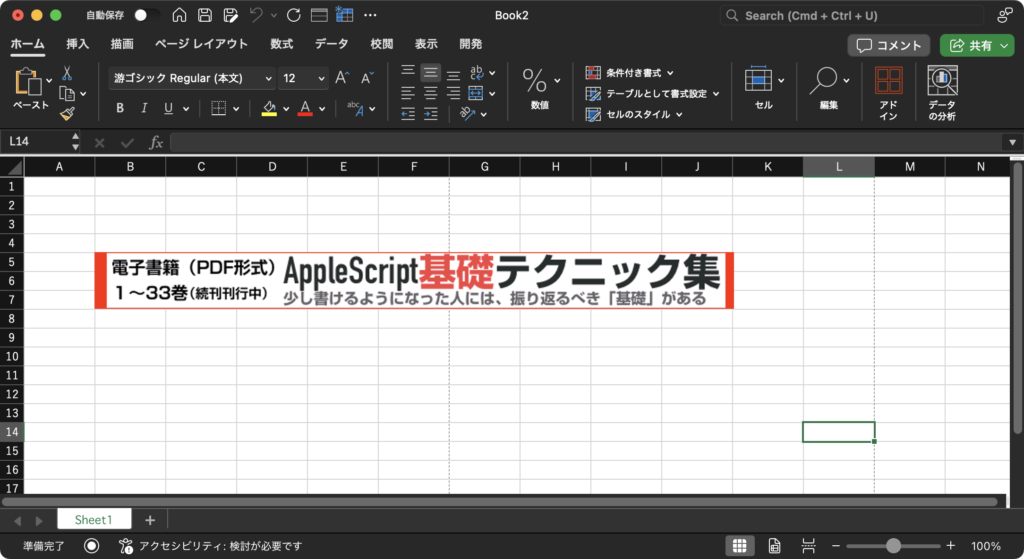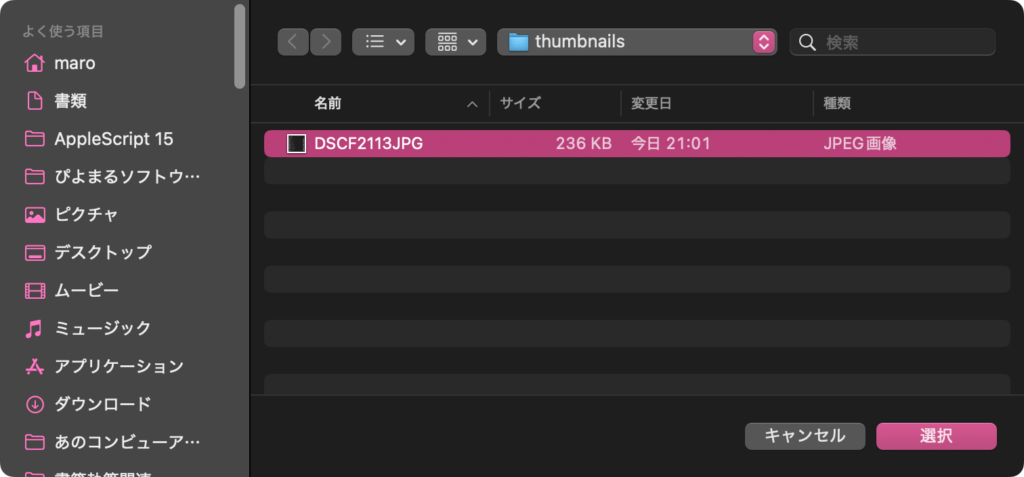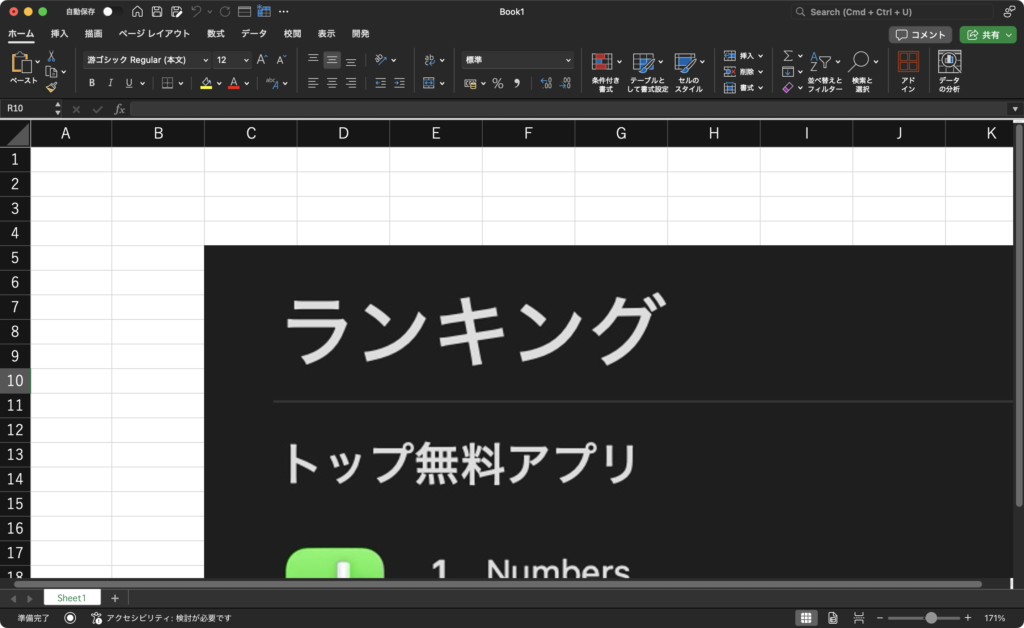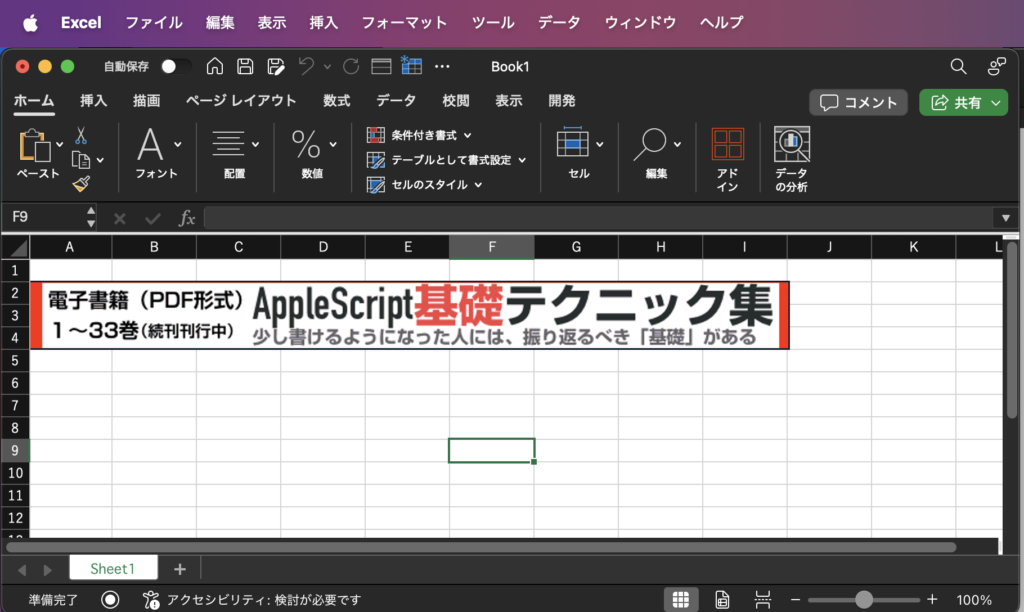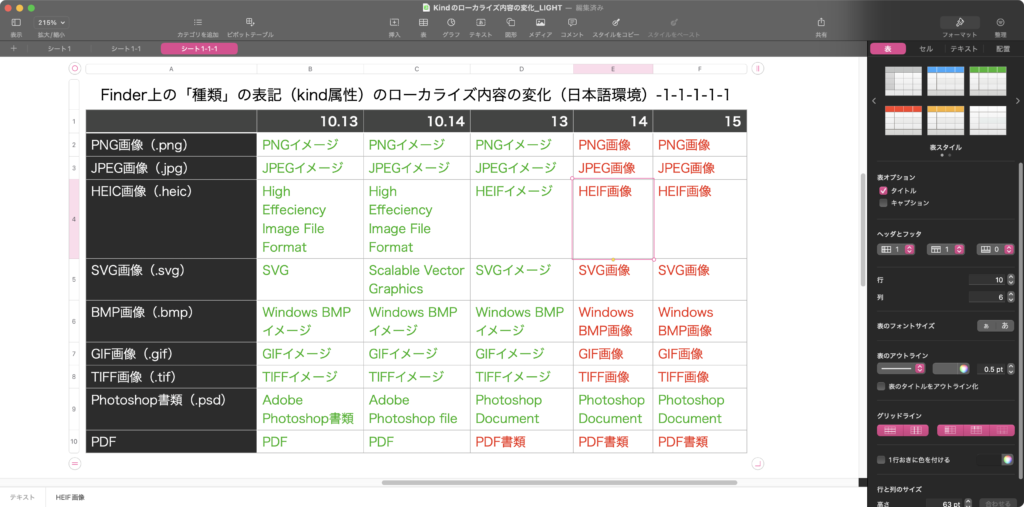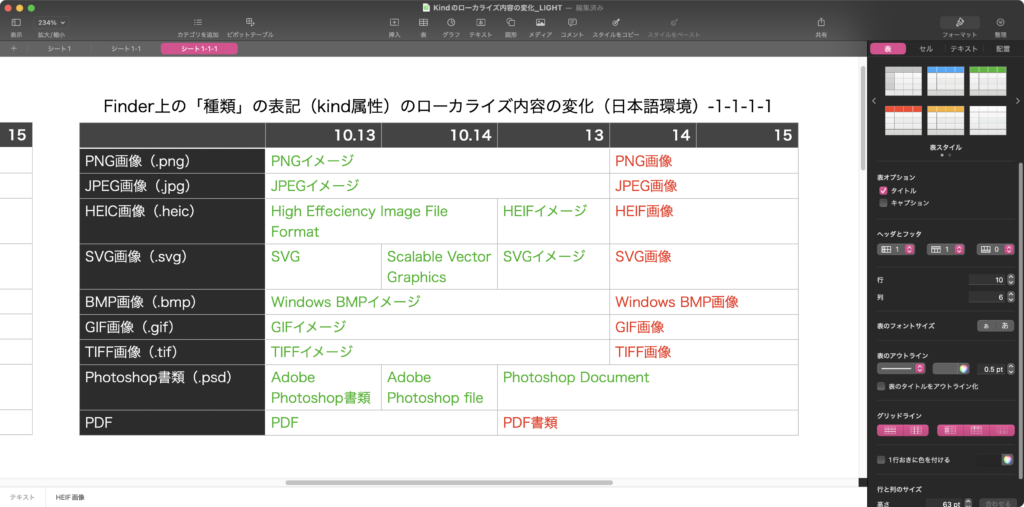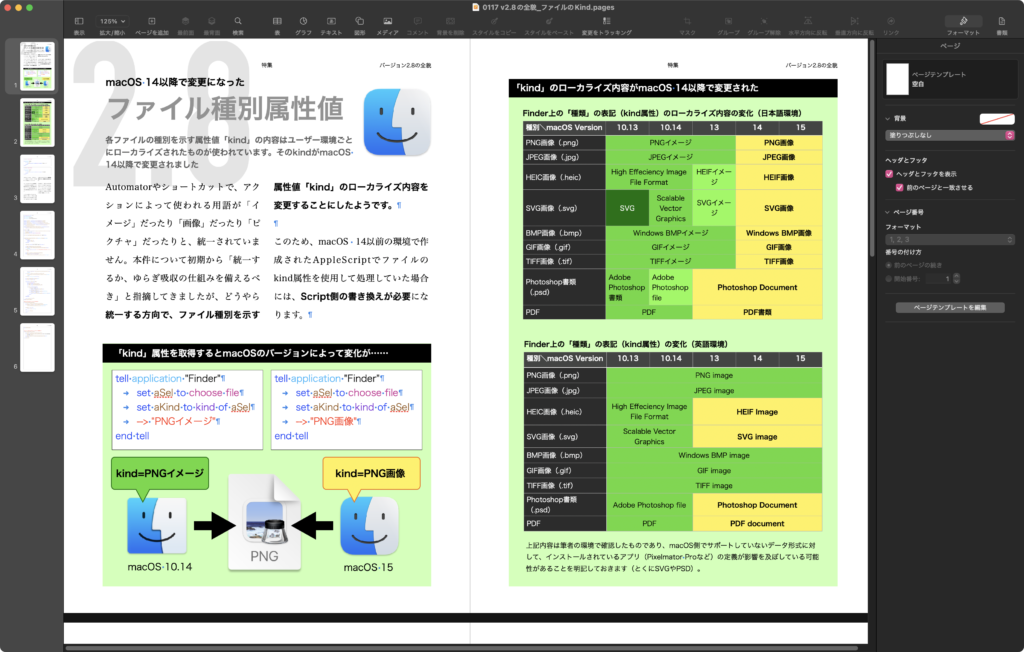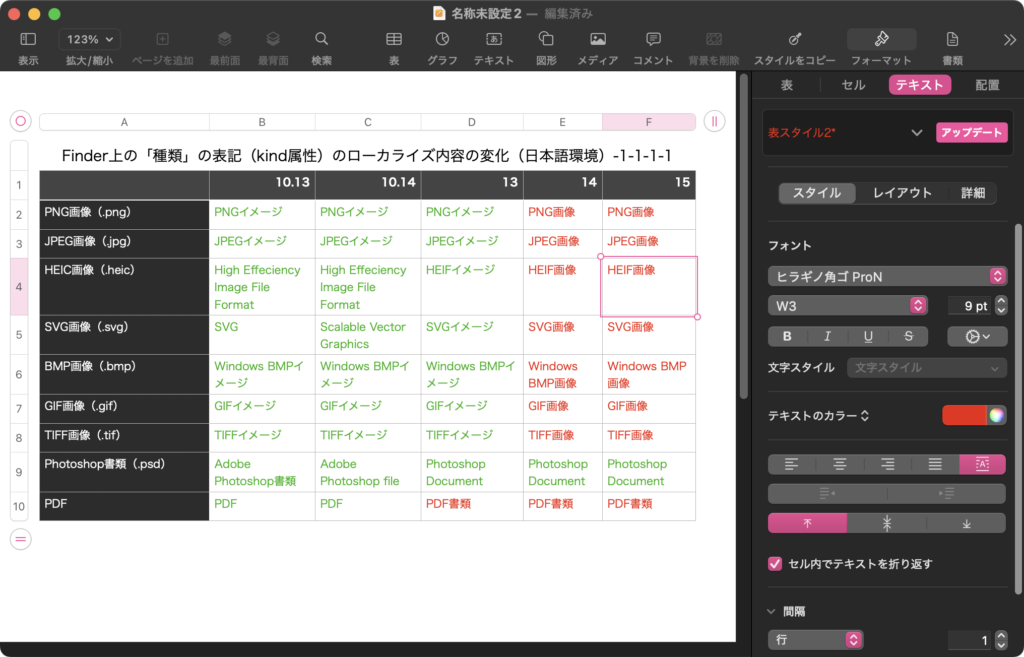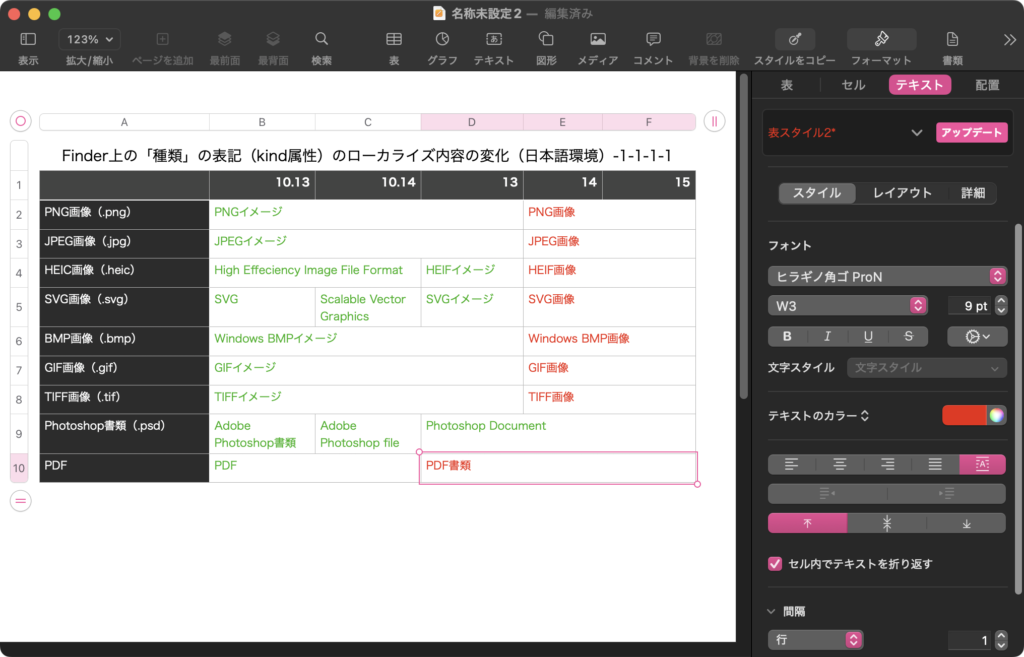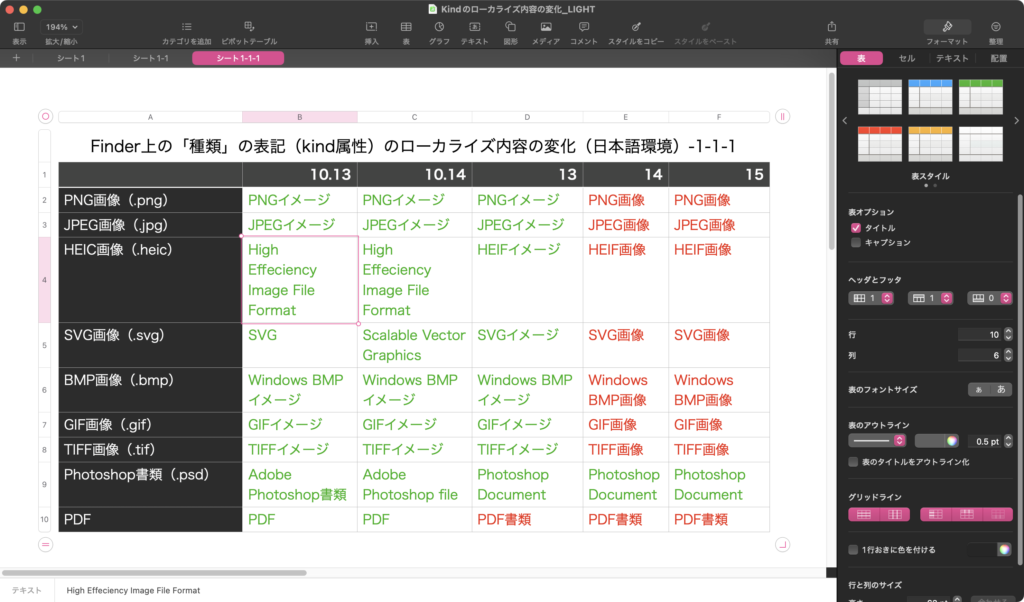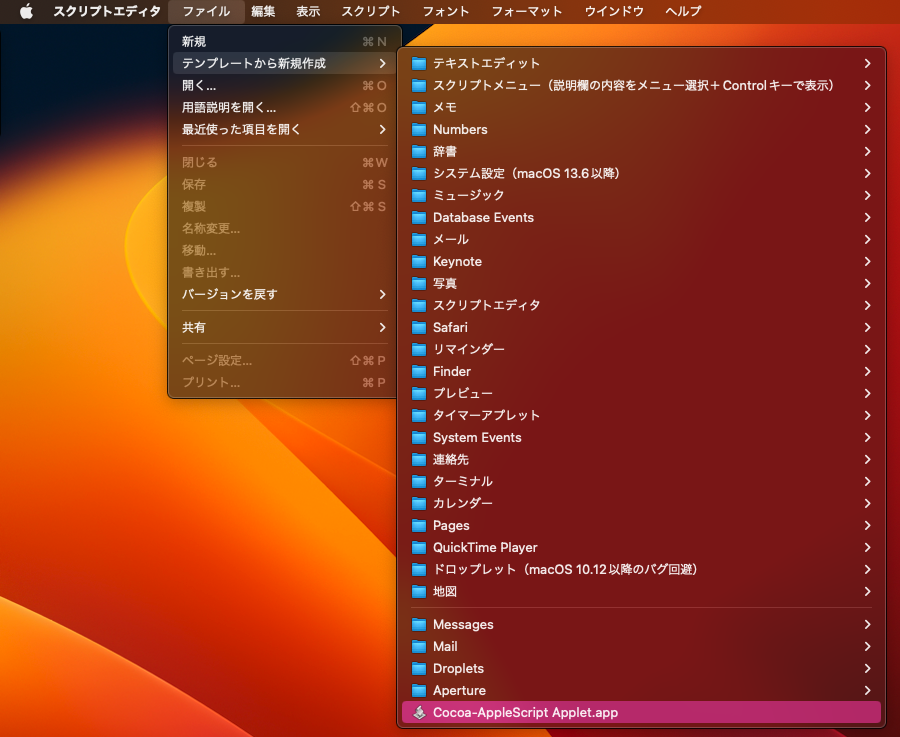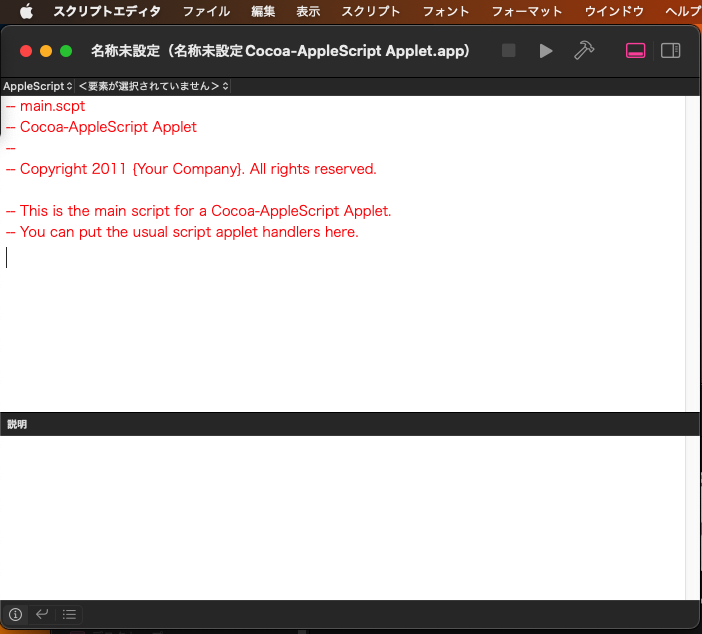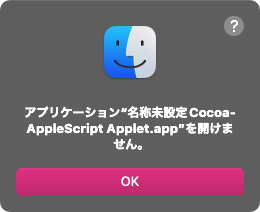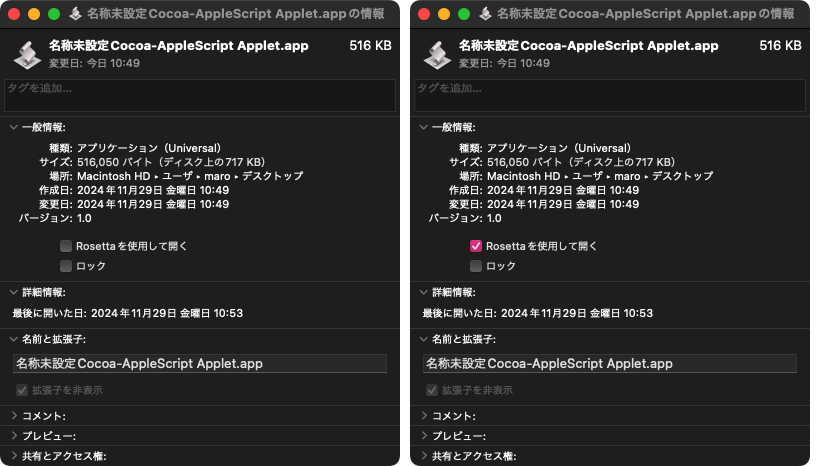md5、sha-1、sha-3などのチェックサムを計算するAppleScriptです。
AppleScript、といいつつ、これらの処理の主体はすべてObjective-Cで書かれたプログラム(を、Cocoa Framework化したもの)です。
この種類の、ファイルの内容をすべて加算して計算するような処理は、インタプリタ型言語であるAppleScriptは苦手な処理です。何か、頭を使って処理量を減らすような工夫が通じません。
その結果、これらのScriptはScript Debugger上か、Script Debuggerから書き出したEnhanced Applet、その他のFramework呼び出しをサポートしているいくつかのAppleScript実行環境でしか実行できません。
Xcodeを用いてGUIなしヘルパーアプリを作って、他のAppleScript実行環境から呼び出しやすいようにSDEFを介して動かすようにすることも可能ですが、フリーで配布するほどの何かがあるわけでもありません。
なので、現状はこのままです。これらすべてのFrameworkを各ユーザー環境の~/Library/Frameworksフォルダにインストールして使用してください。x64/ARM64EのUniversal Binaryでビルドしてあります。
–> Download md5Lib.framework(To ~/Libraries/Frameworks)
–> Download md5FromDataKit.framework(To ~/Libraries/Frameworks)
–> Download SHA3Kit.framework(To ~/Libraries/Frameworks)
| AppleScript名:ファイルのMD5、SHA1、SHA512のハッシュ値を求める |
| — Created 2016-02-11 by Takaaki Naganoya — 2016 Piyomaru Software use AppleScript version "2.4" use scripting additions use framework "Foundation" use framework "md5Lib" –https://github.com/JoeKun/FileMD5Hash set aPath to POSIX path of (choose file) set a to (current application’s FileHash’s md5HashOfFileAtPath:aPath) as string –> "329e854b9993405414c66faac0e80b86" set b to (current application’s FileHash’s sha1HashOfFileAtPath:aPath) as string –> "50847286df61f304d142c6a0351e39029f010fc2" set c to (current application’s FileHash’s sha512HashOfFileAtPath:aPath) as string –> "5132a7b477652db414521b36……..1a6ff240e861752c" return {a, b, c} |
| AppleScript名:NSStringからSHA-3のハッシュ値を求める |
| — Created 2017-08-09 by Takaaki Naganoya — 2017 Piyomaru Software use AppleScript version "2.4" use scripting additions use framework "Foundation" use framework "SHA3Kit" –https://github.com/jaeggerr/NSString-SHA3 set origData to (current application’s NSString’s stringWithString:"hello") set aHash1 to (origData’s sha3:256) as string –> "1C8AFF950685C2ED4BC3174F3472287B56D9517B9C948127319A09A7A36DEAC8" set aHash2 to (origData’s sha3:224) as string set aHash3 to (origData’s sha3:384) as string set aHash4 to (origData’s sha3:512) as string |
| AppleScript名:NSDataからMD5値を計算する |
| — Created 2016-02-11 by Takaaki Naganoya — 2016 Piyomaru Software use AppleScript version "2.4" use scripting additions use framework "Foundation" use framework "md5FromDataKit" –https://github.com/siuying/NSData-MD5 set aStr to "ぴよまるソフトウェア" set aNSStr to current application’s NSString’s stringWithString:aStr set aData to aNSStr’s dataUsingEncoding:(current application’s NSUTF8StringEncoding) set aMD5Hex to (current application’s NSData’s MD5HexDigest:aData) as string –> "2d0b4e205f274f20b17dc8ca4870f1db" set aMD5 to (current application’s NSData’s MD5Digest:aData)’s |description|() as string –> <2d0b4e20 5f274f20 b17dc8ca 4870f1db> |

